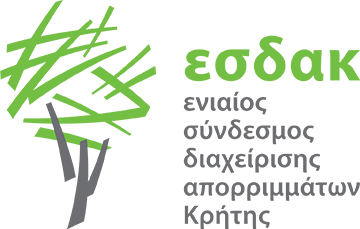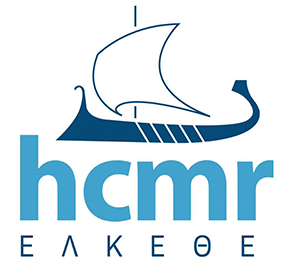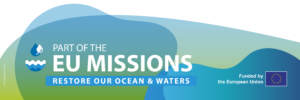Use Case 5
Demonstrating innovative solutions for the removal of organic contaminants from landfill leachates
Location
Crete, Greece

Leading partners


Background
Sanitary landfill leachate is highly polluted wastewater containing various components It is characterized by high organic and inorganic pollutant concentrations and can be extremely toxic if disposed of untreated into the environment.
The Leachate Treatment Plant of Pera Galini Sanitary Landfill, Crete is a tertiary treatment plant that receives the leachate produced by the Sanitary Landfill of Pera Galini. The Municipal Sanitary Landfill of Pera Galini, the largest landfill on the island, receives over 120,000 tons of municipal solid waste annually from most of the Heraklion prefecture.
The average untreated leachate flow rate entering the plant is 110 m3/day and includes physicochemical (coagulation, flocculation, DAF) and biochemical (MBR) treatment stages. Following Reverse Osmosis (RO) treatment, degasification, and chlorination, the effluent is reused for recirculation to the landfill cells and/or for irrigating the plants on the surface of the restored landfill cells.
Key facts
- The presence of a wide range of chemicals in municipal solid waste landfill leachates is expected and documented. Use Case 5 aims to demonstrate the feasibility, at a real scale, of upstream organic CoEC pollution remediation as a solution for preventing chemical pollution in the Mediterranean basin.
- A Microfluidic water system which is an innovative solution for the removal of organic contaminants from landfill leachates based on advanced oxidation processes will be deployed. It will be tested on a pilot scale (1m3/day) to evaluate its effectiveness in removing selected micropollutants from the final effluents.
- In the same use case a) an organic micropollutants electrochemical sensor box for monitoring the targeted micropollutants before and after the microfluidic remediation treatment stage, and b) an electrochemical inorganic sensor for monitoring heavy metals in the final effluent, will be developed, and their applicability will be demonstrated.
- Targeted organic micropollutants: BPA, PFOA, Bentazon, Propamocarb
- Targeted heavy metals: Zn(II), Cd(II), Pb(II), Cu(II)
Expected impacts
- Up to 95% efficiency of microfluidic system in the leachates micropollutant reduction
- Installation of real-time pollutant sensors for the monitoring of the effluents
- Reduction > 50% in the selected pollutants transfer to the Mediterranean Basin.




